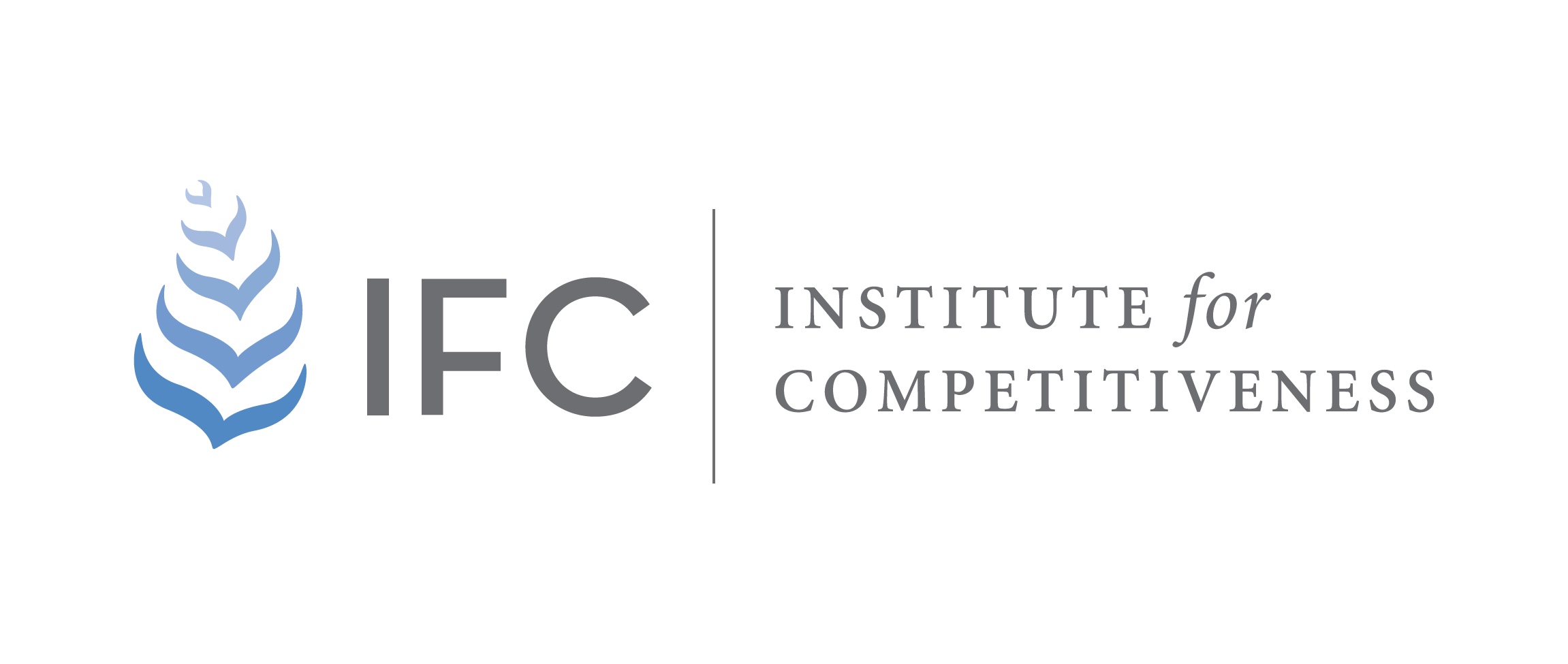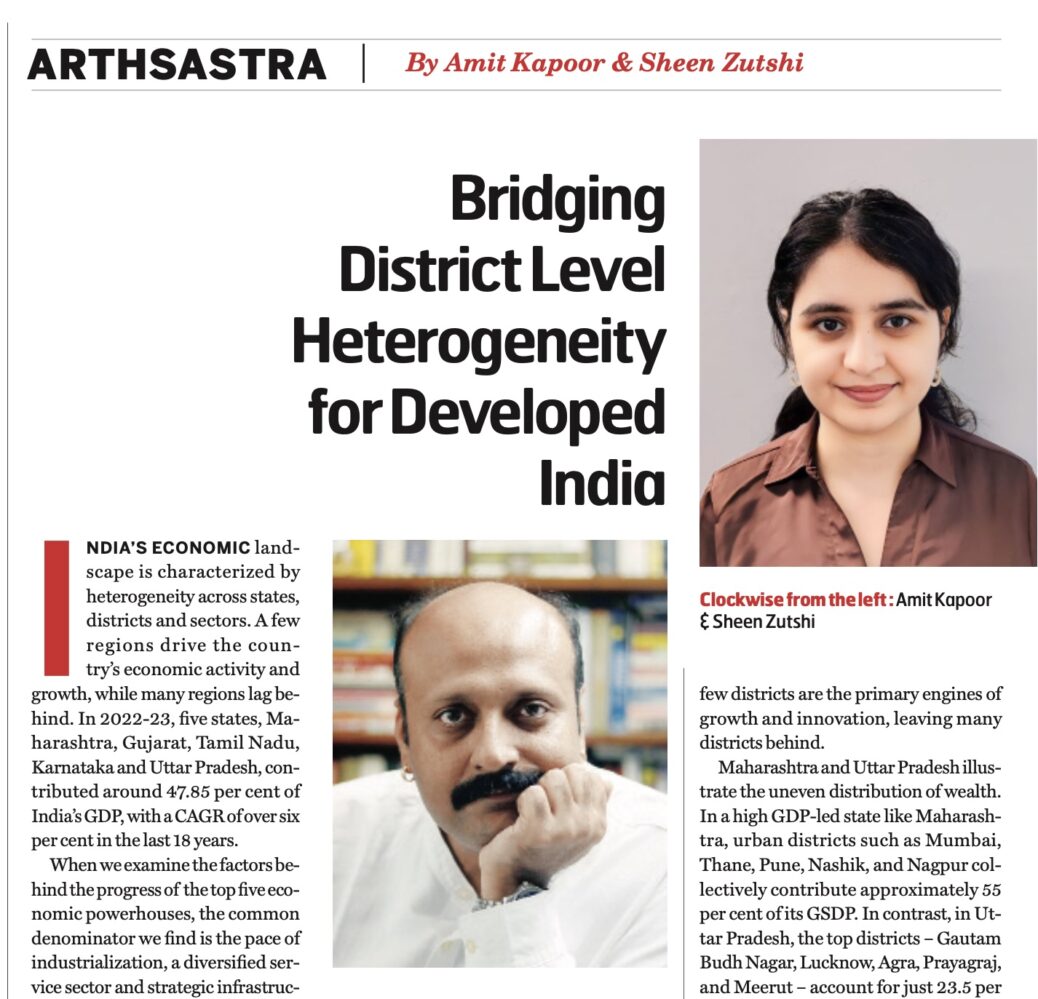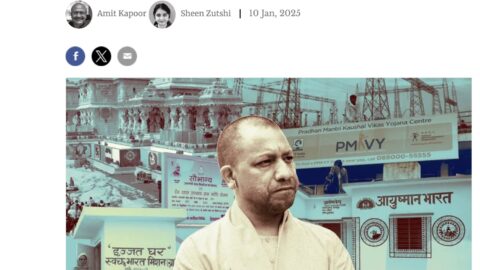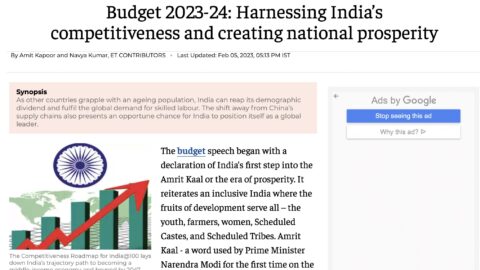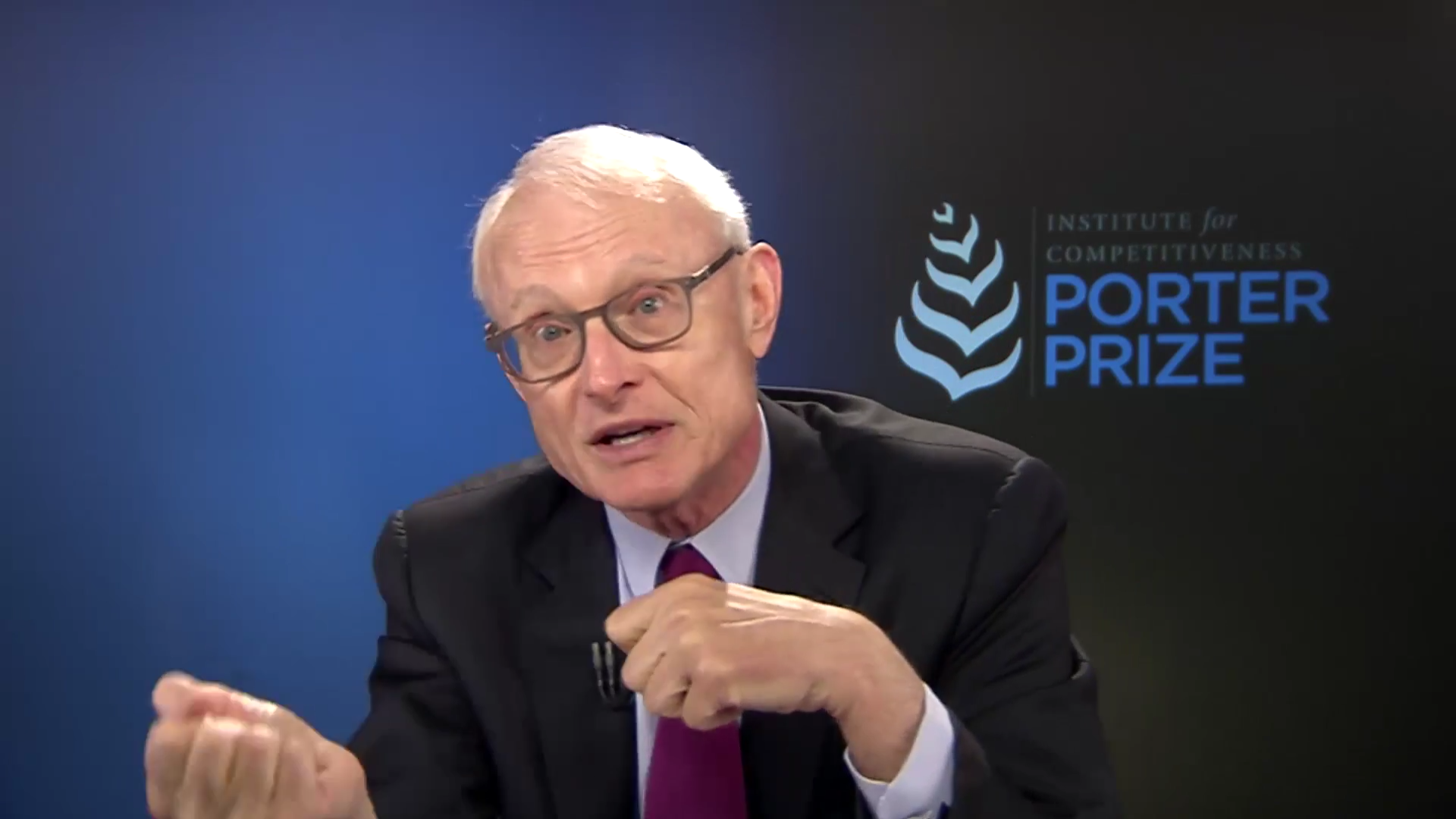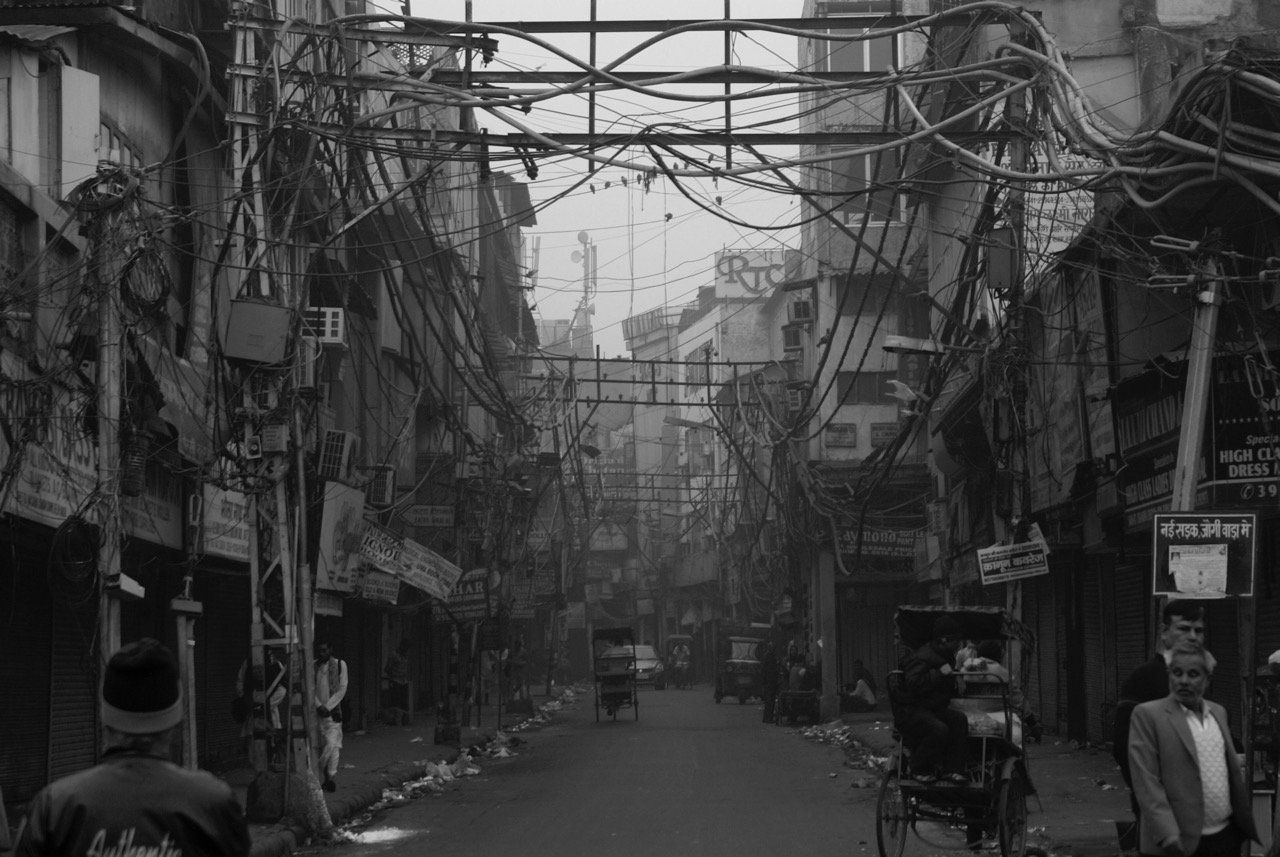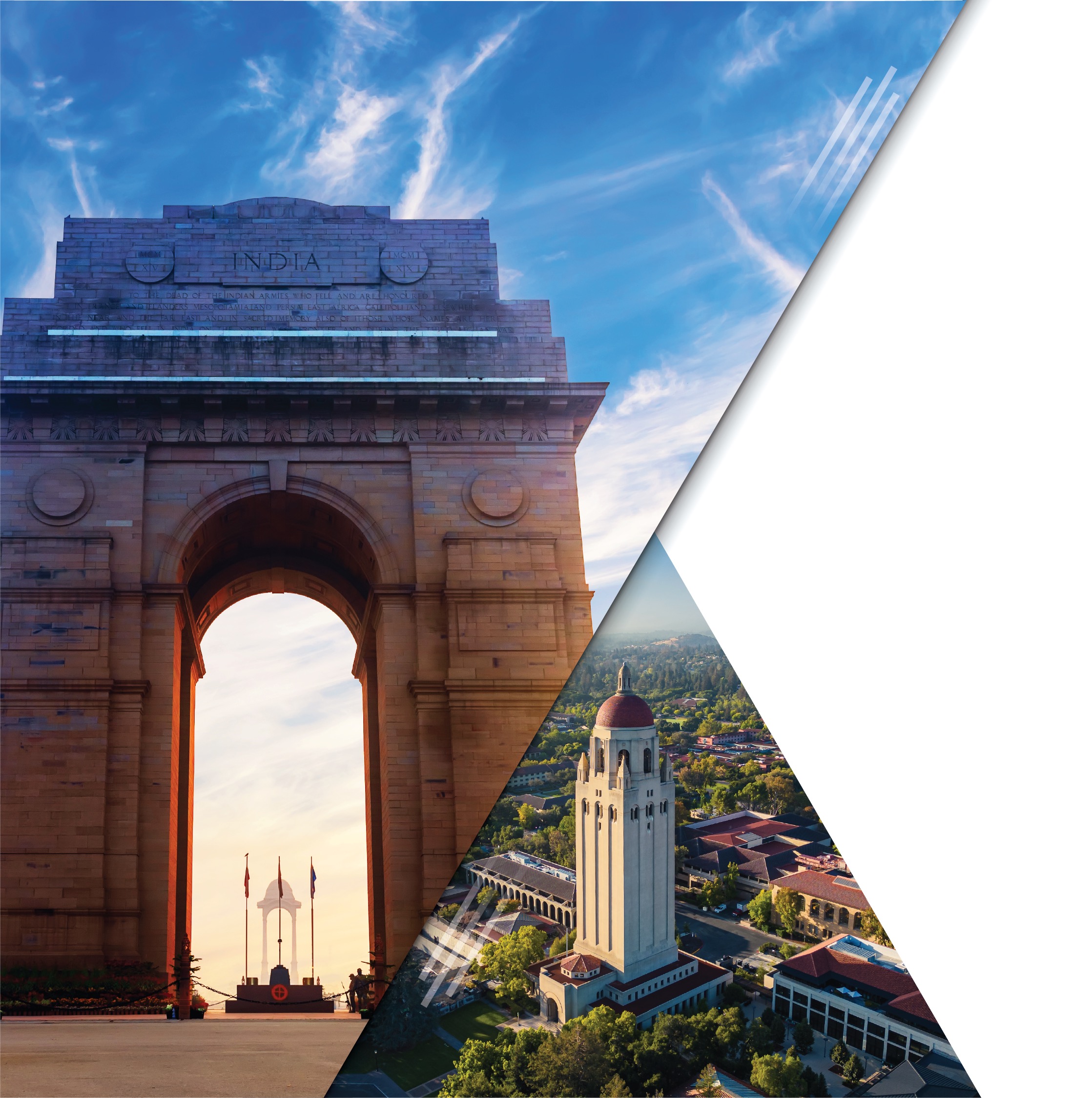By Amit Kapoor and Sheen Zutshi
India’s economic landscape is characterized by heterogeneity across states, districts, and sectors. A few regions drive the country’s economic activity and growth, while many regions lag behind. In 2022-23, five states, Maharashtra, Gujarat, Tamil Nadu, Karnataka, and Uttar Pradesh, contributed around 47.85 percent of India’s GDP, with a CAGR of over 6 percent in the last 18 years.
When we examine the factors behind the progress of the top 5 economic powerhouses, the common denominator we find is the pace of industrialization, a diversified service sector, and strategic infrastructure investments have been the drivers of their advancement. In contrast, the eastern belt of the country, which is home to 27 percent of its population, accounts only for 16 percent of India’s GDP despite being known for its abundant mineral resources. This concentrated dynamism is evident because 100 out of 750 districts account for 85 percent of India’s GDP and 87 percent of its exports. This poses a central challenge: how India’s growth story can be spread more equitably?
Indian states, for instance, exhibit significant heterogeneity in economic size, population, and development levels, with some states having GDPs comparable to entire countries. With a largely urban economy, Maharashtra has a per capita income over three times that of predominantly rural Uttar Pradesh, highlighting stark disparities. These variations extend to district-level contributions, export performance, and overall economic competitiveness, underscoring the need for region-specific growth strategies.
When we zoom into the growth drivers’ story from the lens of the district level, we find an even more concentrated picture of economic activities. The top ten districts account for 12% of the national payroll, while the top 10% of districts generate 28.35% of employment. Such concentration means that a select few districts are the primary engines of growth and innovation, leaving many districts behind.
Maharashtra and Uttar Pradesh illustrate the uneven distribution of wealth. In a high GDP-led state like Maharashtra, urban districts such as Mumbai, Thane, Pune, Nashik, and Nagpur collectively contribute approximately 55% of its GSDP. In contrast, in Uttar Pradesh, the top districts—Gautam Budh Nagar, Lucknow, Agra, Prayagraj, and Meerut—account for just 23.5% of the state GSDP. Further, if we look at the district level 65 out of 75 districts of UP contribute less than 2 percent of its GSDP. If we further compare the highest and lowest District Domestic Product (GDP) of districts of both states, we find that Mumbai’s DDP is 3.5 times higher than Gautam Buddha Nagar. We further find that the DDP of Uttar Pradesh’s 29 districts is less than 10000 crores, whereas only one district of Maharashtra, Gadchiroli, is slightly below this threshold. This concentration amplifies the disparities in income and employment across districts and highlights the challenge of extending growth to areas that have traditionally remained on the economic periphery.
The concentrated nature of exports at the district level further illustrates the issue. If we look at the export performance of Indian states, a stark imbalance emerges, with only a handful of regions driving the majority of exports in the country. Data from the DGCIS reveal that the top 20 exporting districts, predominantly from coastal states (except Gurugram in Haryana), account for over 53% of India’s total exports. Jamnagar alone contributed 12.88% of the country’s exports, while the bottom 600 districts made up only 13.64% in 2023-24.
There are two critical drivers for these differences across India. One is the formation of traded clusters, i.e., geographical concentrations of interlinked industries that enhance competitiveness and productivity. For Instance, through PLFS data, we find that the “IT and Analytical Instruments” Cluster is present only in 80 districts in the country. The “ Business Services” cluster is confined to 100 districts, representing 60 percent of the sector’s payroll. These clusters drive higher wages but also play a vital role in driving economic prosperity and the competitive advantage of a region. The Missing evolution of these clusters in tier 2 and tier 3 districts is a critical reason for the district’s growth lagging. For over 500 districts to mature, their cluster portfolios shift towards more capital and skills-intensive activities is a must, as it would further propel wage growth and industrial diversification.
Another reason is that urban centers have been seen as epicenters in true send of India’s economic growth. PLFS data reveals that urban districts account for only 30 percent of India’s districts but account for more than 55 percent of total wages and 45 percent of employment in the country. This is due to the concentration of traded clusters in urban districts. However, the urban-rural divide is not as clear-cut an answer as it may appear. This is because even though urban districts generally enjoy competitive advantages, there is significant heterogeneity within rural areas. Certain rural districts in India have higher prosperity due to modernized and integrated agro-based industries. In some rural districts, agriculture and allied sector wages are more than 3 times the national average, suggesting that with the right policy actions, rural regions can also serve as engines of growth. Therefore, this urban-rural dichotomy requires a nuanced approach that means going beyond traditional growth models and going beyond bridging the gap, which inhibits clusters from progressing in the region.
Addressing these two differences is critical, as the challenges posed by India’s economic heterogeneity are significant. However, it also offers a unique opportunity for transformational change. By implementing targeted policies that promote cluster-based development, improve infrastructure and connectivity, and support local skill enhancement, India can bridge the gap between high-performing regions and those that have yet to realize their full potential. A balanced approach that recognizes the strengths and challenges of both urban and rural districts is essential.
The journey to transforming into a developed economy by 2047 in India will not be easy; it necessitates forward-looking measures that tackle the challenge of the shared prosperity principle. In the last decade, India has embarked on such initiatives, with the Aspirational District Programme as a Prime example. The Programme is the biggest example of how simultaneously investing in data-driven policymaking can set the stage for a more inclusive and resilient economic future. Such measures would distribute growth more evenly and foster an environment where shared prosperity is not a challenge and every district—urban or rural—can contribute meaningfully to India’s overall economic progress.
The article was published with Business World on April 16, 2025.
